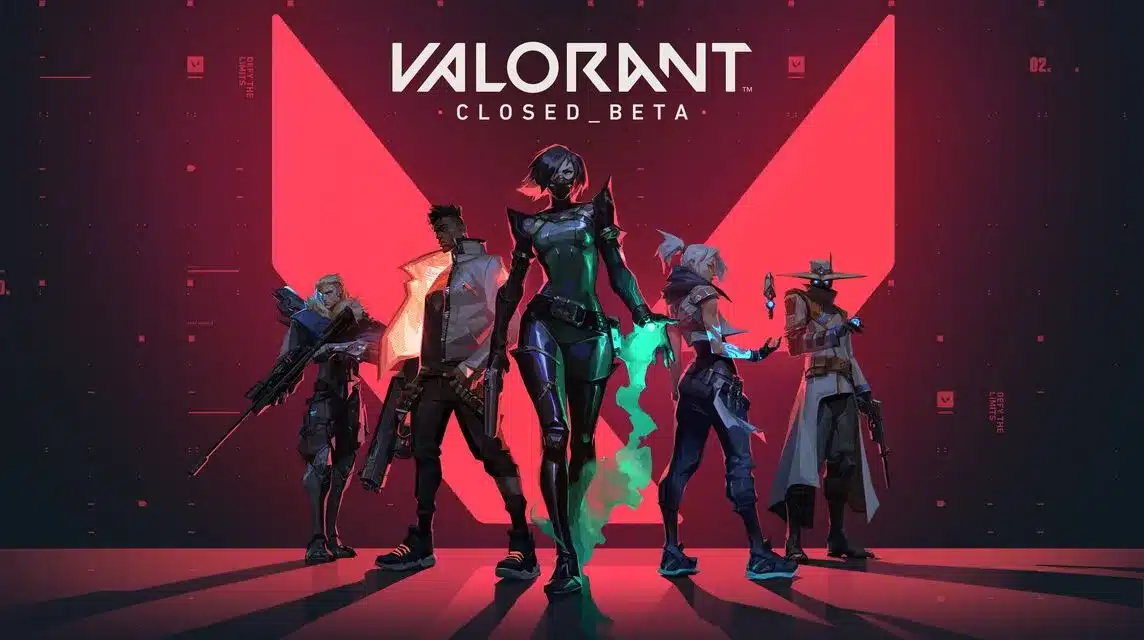- Valorant rank distribution shows the percentage of players per tier, useful for understanding the difficulty level and where players generally get "stuck".
- Trusted data sources such as vstats.gg and official leaderboard Riot Games provides distribution statistics as well as game meta insights.
Valorant Rank Distribution: Complete Data and Sources
Rank distribution Valorant often overlooked by players. In fact, as an important part of the game, its existence can greatly support gameplay and experience.
By understanding it, it is not impossible that you can become easier to penetrate Radiant! Now for those who need more explanation about this, let's just check it out!
Also read:
Rank Distribution as Meso of the Game

Before getting into the main discussion, it would be good if VCGamers first explained the significance and details of the Valorant rank distribution concept.
That way, Vicigers who are new to playing this game can still join in. Like other competitive FPS games, rank distribution is important.
Yep, this concept is not only original to Valorant. Similar concepts can also be found in various other online games – generally those that also use a tiering system.
To summarize, rank distribution is the percentage of players (out of the total) in each tier. And from here players can know, in which tier players are generally “stuck”.
If you want to categorize it, this concept itself is included in the "meso" section. This means that even though it does not have a direct effect, it is still important for players to consider.
The Importance of Understanding Valorant Rank Distribution

As VCGamers has explained above, information regarding rank distribution will not directly affect your skills or gameplay.
However, if you can understand the best way to utilize it, this can certainly be a resource that can smooth your steps when pushing rank in the Act.
By understanding the percentage of player distribution, there are several things that Riot (as a developer) expects from players. Some of them are as follows:
- Players know at which tiers matchmaking is easier to find opponents;
- Players know the level of difficulty in breaking through each tier;
- Makes it easier for players to see how competitive and fair the gaming environment is.
Trusted Source

Players can watch the rank distribution directly via leaderboards which Riot has provided on their official page. However, the display is certainly not in a concise form.
To get data in a more presentable form, you need to use a third-party service. They usually present a summarized rank distribution.
There are many third-party services that you can choose from. However, one that Valorant players and the community often use as a reference is Valorant Stats (vstats.gg).
Not only rank distribution, this site also presents various other data related to Valorant, such as agent tier lists, planting spot statistics, the best weapons and maps, etc.
This information can more or less provide a picture of the current meta. And for Valorant players who are regulars of the upper tier, this can maximize their gameplay.
Rank Distribution Data

Now let's go straight to the main discussion, namely about Valorant's rank distribution. Based on the theory, a good distribution will always look like a "bell" shape.
For that, you can see the Valorant rank distribution statistics in the image above. Meanwhile, the following is an explanation of the latest release for V25 - Act 4 as reported by the page vstats.gg:
| rank | Percentage | |
| Iron 1 | 1,44% | |
| Iron 2 | 4,15% | |
| Iron 3 | 9,15% | |
| Bronze 1 | 7,87% | |
| Bronze 2 | 12,17% | |
| Bronze 3 | 8,07% | |
| Silver 1 | 7,17% | |
| Silver 2 | 6,61% | |
| Silver 3 | 6,86% | |
| Gold 1 | 6,58% | |
| Gold 2 | 5,45% | |
| Gold 3 | 4,18% | |
| Platinum 1 | 3,39% | |
| Platinum 2 | 3,32% | |
| Platinum 3 | 2,83% | |
| Diamonds 1 | 2,69% | |
| Diamonds 2 | 2,79% | |
| Diamonds 3 | 2,07% | |
| Ascendant 1 | 1,73% | |
| Ascendant 2 | 0,58% | |
| Ascendant 3 | 0,53% | |
| Immortal 1 | 0,26% | |
| Immortal 2 | 0,08% | |
| Immortal 3 | 0,03% | |
| radiant | 0,00% |
How to Improve Your Valorant Rank

In Valorant's ranking system, progress isn't solely determined by the number of wins, but also by teamwork, tactical understanding, and individual mechanics, which significantly influence position.
Here are some strategies you can use to quickly improve your ranking in 2025:
- Playing With Friends (Stacking): Playing in a solid team makes communication easier and makes strategy rotation more focused.
- Learn Maps and Roles: Master at least two agents from your favorite role, and understand the rotation and entry paths on each map.
- Sharpen Your Shooting Accuracy: Regularly practicing in Deathmatch mode or using Aim Lab will improve your aim and flick shot skills.
- Watch the Pros and Follow the Meta: Observe pro players' games to understand agent pick trends and popular playing styles.
Also read:
Well, that was a complete discussion about Valorant rank distribution. If you find this article useful, share it on your social media and other friends!































